AIPIMA’s international conference discusses disruptive innovations and trends in print
All India Printing Ink Manufacturers’ Association (AIPIMA)’s International Conference 2019 hosted on 25 March 2019 brought together like-minded individuals to share ideas about disruptive technology and how one can learn and adopt it as an industry.
27 Mar 2019 | By Noel D'Cunha
The conference was hosted at Hotel Westin in Mumbai.
“We are all aware of how Uber, Airbnb, Zomato and Book My Show broke into an area of conventional business, to enter our daily life. Likewise, unconventional new social media sites like Facebook, Twitter, LinkedIn have created their own space out of nowhere changing the conventional communication system,” said BB Sen, president of AIPIMA. “The conference presentations made an attempt to suggest right strategies by which we can hope to deliver different options to the print industry.”

BB Sen, president of AIPIMA
Narendra Paruchuri, chairman and managing director of Pragati Offset delivered examples of how technology has been changing in his keynote presentation. Paruchuri said, “Personal computers displaced typewriters, email transformed and later social networking transformed our ways of communicating.” He added, “The moment we say disruption, we think about Uber, Airbnb, Ola, Netflix. By themselves, they would not be able to do much. It was Internet communication technology (ICT) and GPS which played an important role, and it’s the advancement of these two technologies which made these disruptions possible.”

Narendra Paruchuri, chairman and managing director of Pragati Offset
Paruchuri narrated how a software tool Pragati developed transformed the way estimates were prepared. Telephone moved from trunk calls to STD, which made communication easy. “I remember, the word in the printing circle was that, Pragati quotation STD par deta hai,” said Paruchuri. “The next change came with email, because of which the postman comes to us, once in a while and the greeting cards industry was sent for a toss.”
Back to discussing print technology, Paruchuri spoke of how his company moved from letter types to photocomposing system to the present day CTP, these technological innovations have only made print operations easy. “Disruptive technology for me is: the introduction of a product or service into an established industry that performs better and generally at lower costs than the existing offering thereby displaying the market leader in that particular market space in that industry,” Paruchuri said.
The keynote address was followed by presentation by Mohan Dewan, trademark attorney on global scenario on patents and India’s current contribution; Pankaj Bhardwaj, GM at Avery on substrates and coating; Ruediger Baur, head of global technical marketing at Clariant; SM Ramprasad, EVP for graphic arts at Fujifilm; Torsten Schmelich, regional head of technical services for graphic arts, Eckart; Amit Shah, managing director, Spectrum Scan; Indrajit Bhattacharya, technical service manager at Miwon on chemistry of LED UV curing inks; Jose Novo of Toyo Ink on sustainability; Anatoly Bytsenko of Full Systembau, and the highlight of the conference a panel discussion conducted by Ramu Ramanathan, editor of PrintWeek India with Ankit Tanna of Printmann, Amar Chhajet and Marzban Thanevala of Huhtamaki and Ashwin Maheshwari of Avenue Graphics.
Excerpts from the presentations
Narendra Paruchuri of Pragati Group
Narendra Paruchuri of Pragati Offset, guest of honour at the Ink Conference, in his key-note said, disruptive technology is the introduction of a product or service into an established industry that performs better, generally at lower costs than the existing offerings.
Parchuri was upbeat about offset technology: Offset print, which can give a number of print at less cost, will rule the roost. Digital printing will come into play only when there’s personalisation.
Dr Mohan Dewan of RK Dewan & Co.
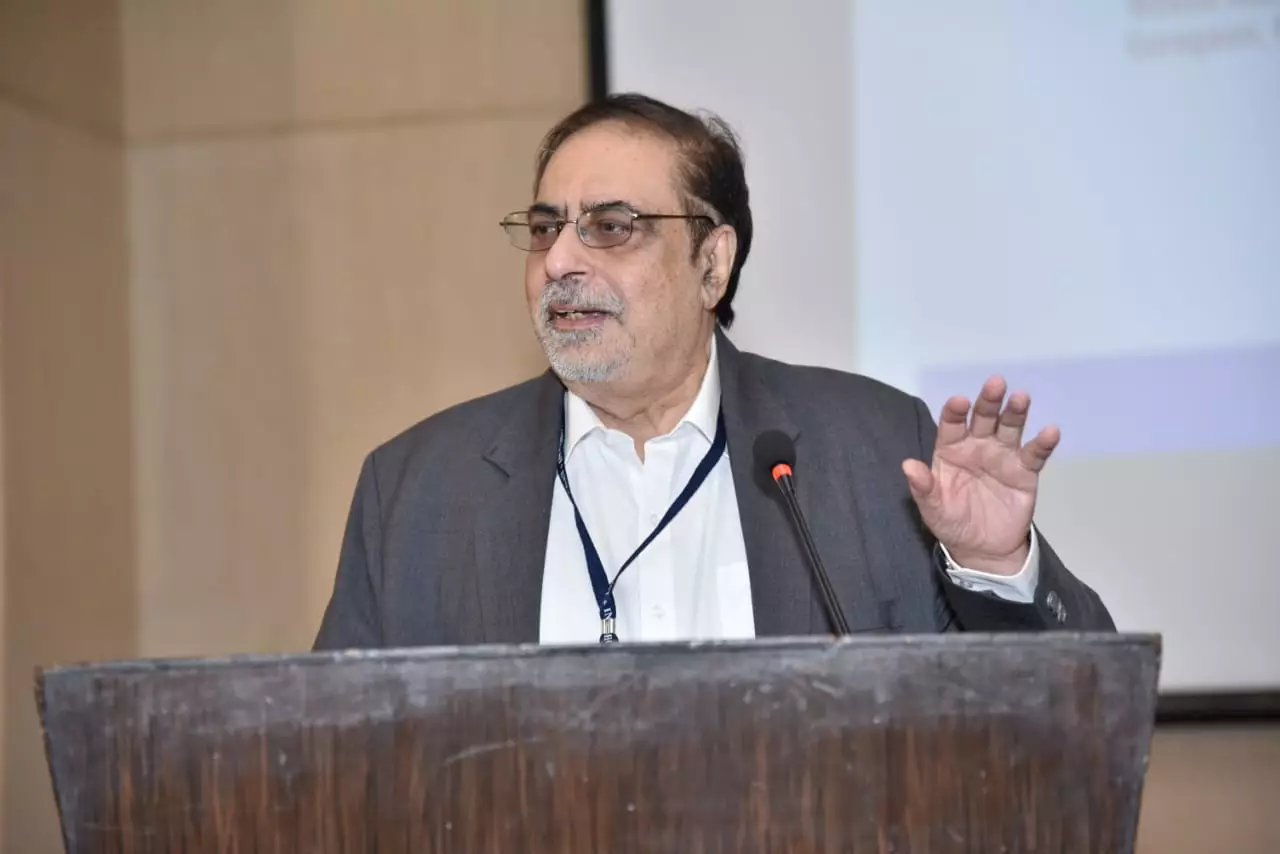
Ink makers are the unsung heroes - because what they produced has stood the test of time, supplying fluid for written communication to mankind for centuries.
Dr Mohan Dewan: From India #Ink to Alois Senefelder to Offset to Kodak cameras, to Benny Landa’s indigo to 3D printing - all had ink as a core to the disruptions of its time.
Pankaj Bhardwaj of Avery Dennison

Innovation, smart packaging and sustainability are the three imperatives to focus on adopting disruptive technology in the packaging industry.
For sustainability, we need to move towards the circular economy and not the linear economy.
Dr Ruediger Baur of Clariant plastics and coatings

Inkjet and toner-based inks have a smaller but growing share in volume compared to traditional printing inks used and in digital printing, inkjet is growing at a faster rate than electrophotography.
SM Ramprasad of Fujifilm India

JetPress 720S is a perfect blend of offset and digital capabilities. It offers robustness of offset and customisation of digital.
Print volumes are going down. This very idea needs all stakeholders in the business to think out-of-the-box, come up with disruptive ideas. #Fujifilm has done it with the JetPress 750S, a press that can be used for commercial as well as packaging printing.
Amit Shah of Spectrum Scan
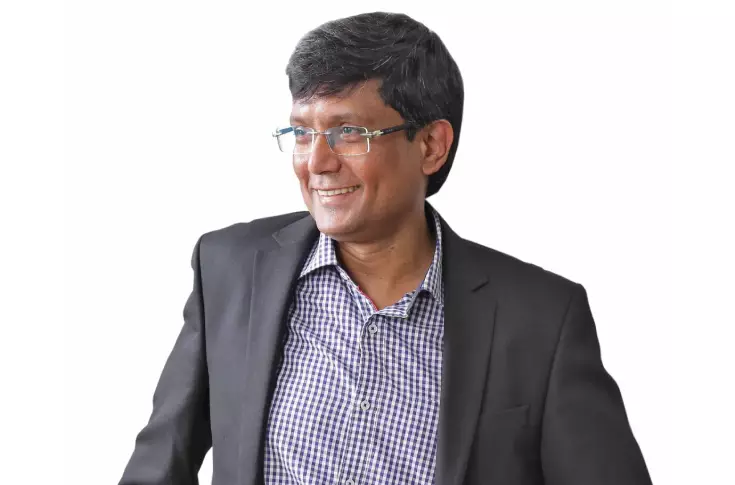
Sasta, tikav and sundar are the genetic imprints of India. Sasta is not cheap, but getting value for monies without compromising in quality; Tikav means getting it sasta , but durable and sunder is vibrant made possible by sasta and tikav.
Torsten Schmelich of Eckart
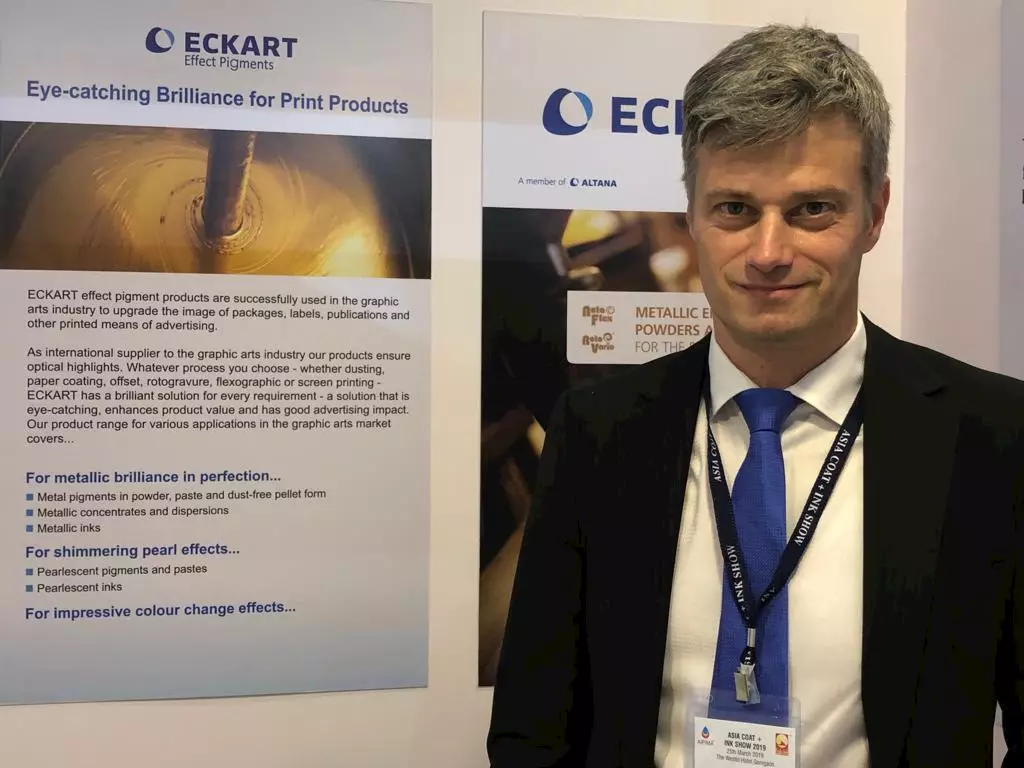
Introduced Heliosonic technology - an alternative for metallic pigments in digital printing. It is a nozzle-free technology creating a new market in digital printing owing to its speed and productivity.
Indrajit Bhattacharya of Miwon
Explained the chemistry of LED UV curing inks. As the polymerisation takes place using the LED UV lights, no harmful solvents are released into the environment.
Rapid curing, no VOCs, and reduced fire hazards are some of the many benefits of LED UV ink.
Jose Novo of Toyo Ink

Talked about the need for sustainability in the printing and packaging industry by citing the example of China, once the major contributor in VOC emissions has now implemented stringent rules to curb the emissions.
Anatoly Bytsenko Full Systembau
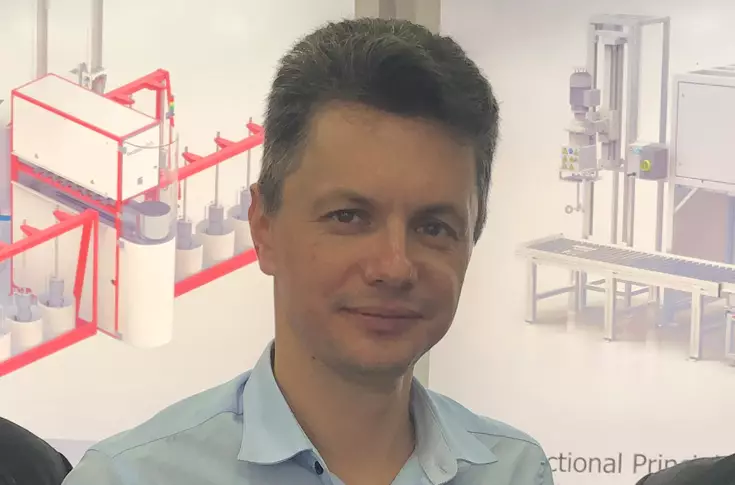
Talked about various ink dispensing solutions for the ink kitchens in the printing and packaging plants.


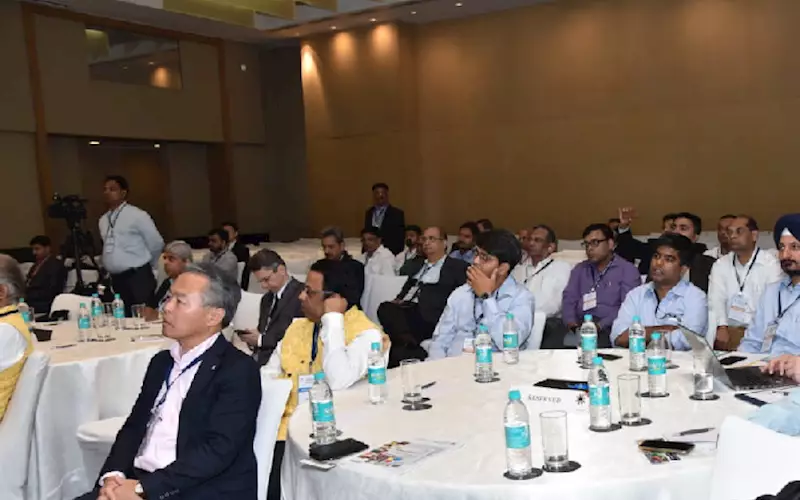











 See All
See All